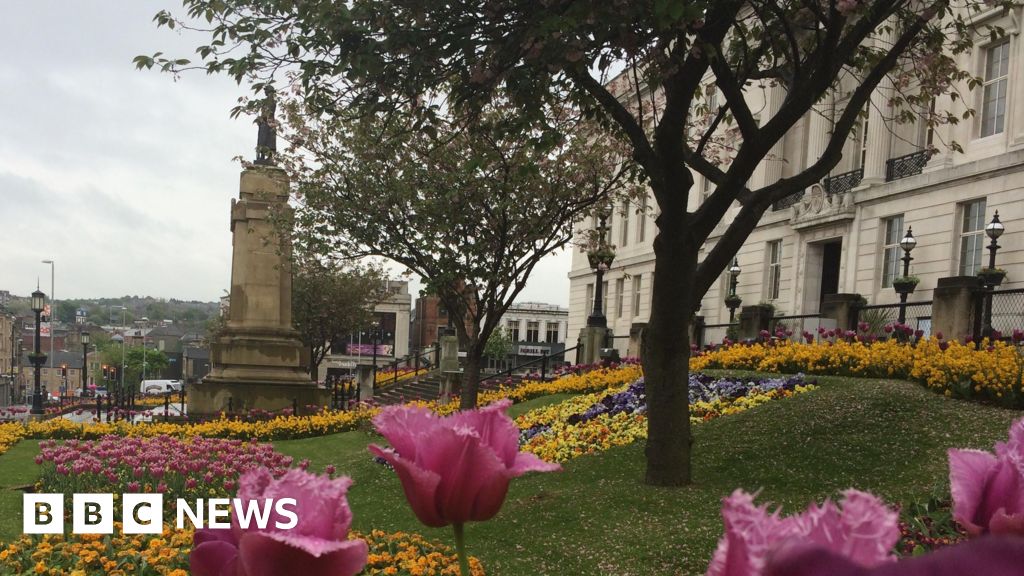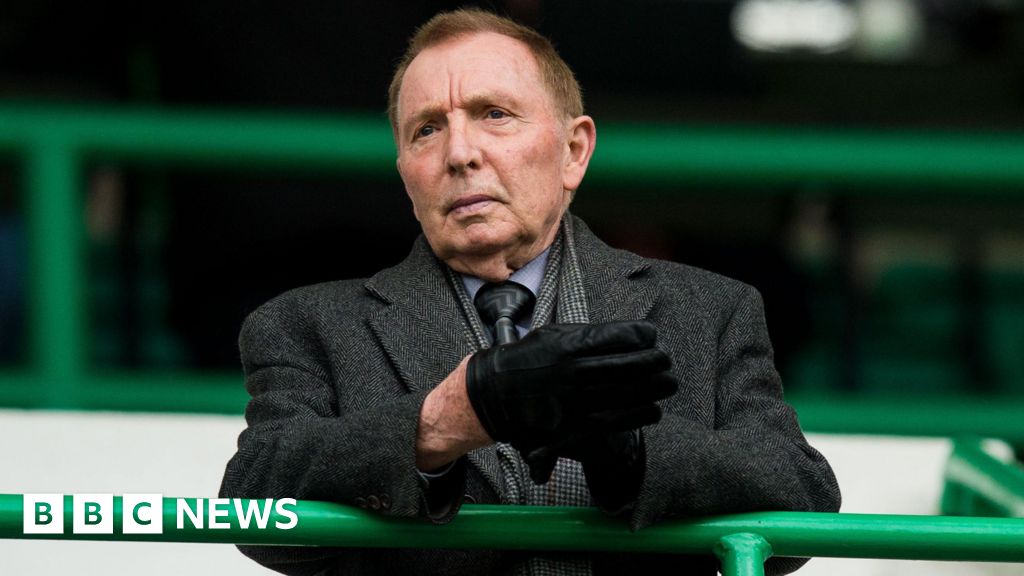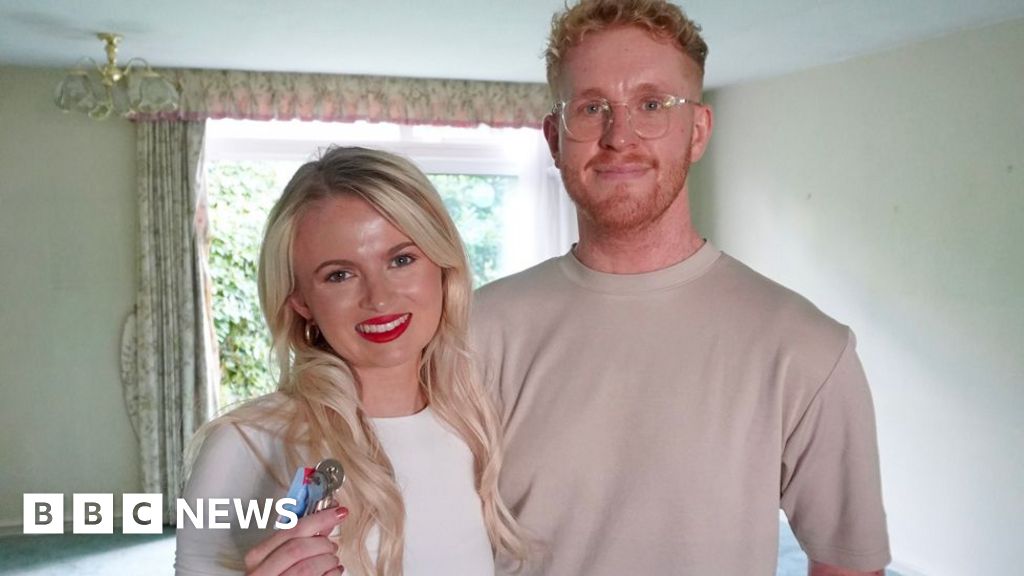ARTICLE AD BOX
Final approval of the Nord Stream 2 gas pipeline has been put on hold because of Russia's actions in Ukraine, Germany has said.
The pipeline between Russia and Germany was completed last September but is not yet operating.
What is Nord Stream 2?
Nord Stream 2 is a 1,200km pipeline under the Baltic Sea, which will take gas from the Russian coast near St Petersburg to Lubmin in Germany.
It cost €10bn (£8.4bn) and was completed last September. The Russian state-owned energy giant Gazprom put up half of the cost and western energy firms such as Shell and ENGIE of France are paying the rest.
Nord Stream 2 runs parallel to an existing gas pipeline, Nord Stream, which has been working since 2011.
Together, these two pipelines could deliver 110bn cubic metres of gas to Europe every year. That is over a quarter of all the gas that European Union countries use annually.
How has the Ukraine crisis affected Nord Stream 2's future?
The pipeline does not yet have an operating licence - and Germany has now put this on hold.
It took the step after Russia formally recognised two breakaway regions in eastern Ukraine, and sent troops there.
"In light of the most recent developments we must reassess the situation in particular regarding Nord Stream 2," Chancellor Olaf Scholz said.
US President Joe Biden had previously vowed to shut down Nord Stream 2 if Moscow invades Ukraine, saying "I promise you we will be able to do it".
Who is against Nord Stream 2?
The US and UK, along with Russia's neighbours Poland and Ukraine, strongly oppose Nord Stream 2.
They fear that if were to start operating, it would give Russia even more of a stranglehold over gas supplies to Europe.
Ukrainian president Volodymyr Zelensky has called Nord Stream 2 "a dangerous political weapon".
UK Prime Minister Boris Johnson said Europe needs to "snip the drip feed into our bloodstream from Nord Stream".
In 2006, Russia shut off gas supplies going through Ukraine because of a financial quarrel between the two countries. It caused acute energy shortages during winter in central and eastern Europe.
There are fears Russia might stop gas supplies in the future for political reasons.
The US has tried to block Nord Stream 2 before, by imposing sanctions on companies involved in the project. However, it has only targeted Russian firms and not German ones, for fear of damaging diplomatic relations with Berlin.
Who wants Nord Stream 2?
Russia is keen to boost supplies of gas to Europe from its vast fields in the west of the country.
It wants an undersea pipeline to Europe, rather than relying on its land-based pipelines which go through Poland and Ukraine. These pipeline networks are aging and inefficient. Besides this, Poland and Ukraine charge high transit fees.
Before the Ukraine crisis, Mr Scholz's predecessor Angela Merkel did a lot to try and push through Nord Stream 2.
Germany already imports 35% of the gas it needs from Russia and she thought Nord Stream 2 would be a way of getting much more Russian gas delivered directly to Germany.
Image source, TASS via Getty Images
Image caption,Many countries fear Russia could hold back gas supplies from Europe for political reasons
When could Nord Stream 2 start running at the earliest?
Even before Germany's latest action, the project still faced a big legal hurdle and was unlikely to be delivering any gas before the summer of 2022.
Germany's regulator had already refused to give it an operating licence because Russian firm Gazprom owns both a 50% stake in the Nord Stream 2 pipeline and all of the gas that would go through it.
Germany says that gives Russia too much control over supplies and it wants the ownership of the pipeline to be passed to another company.

 3 years ago
46
3 years ago
46








 English (US) ·
English (US) ·